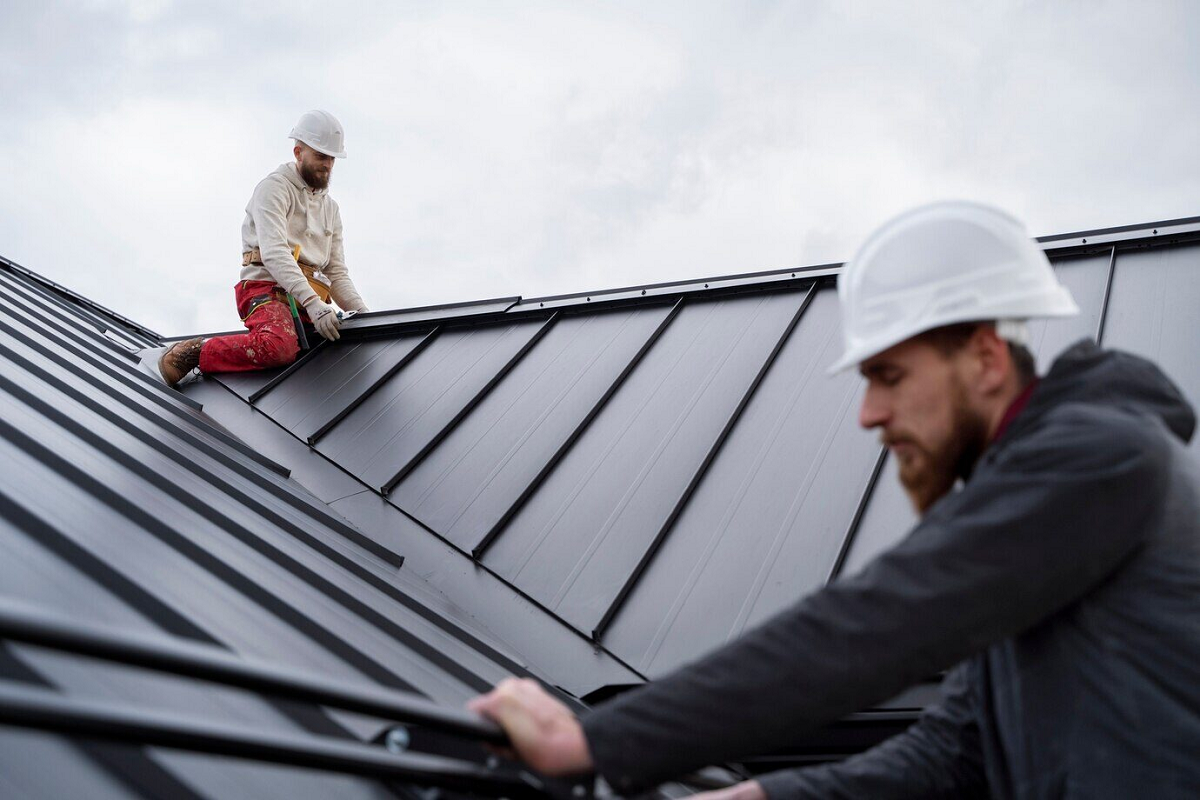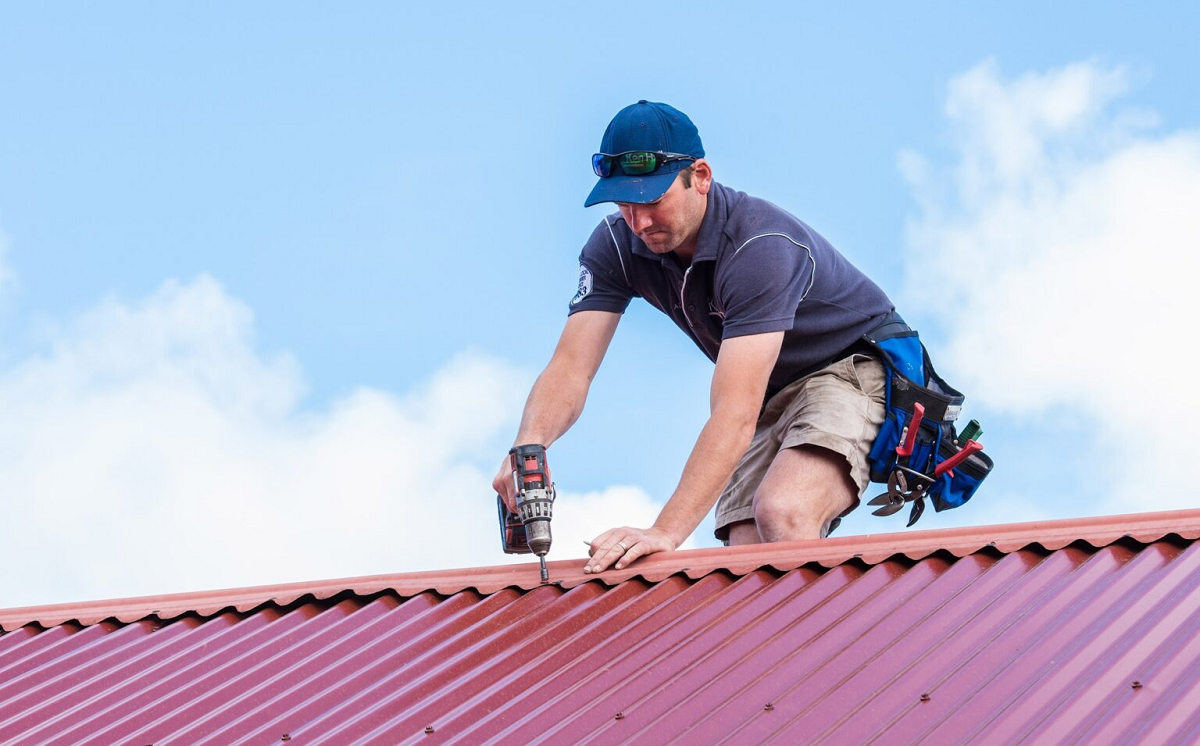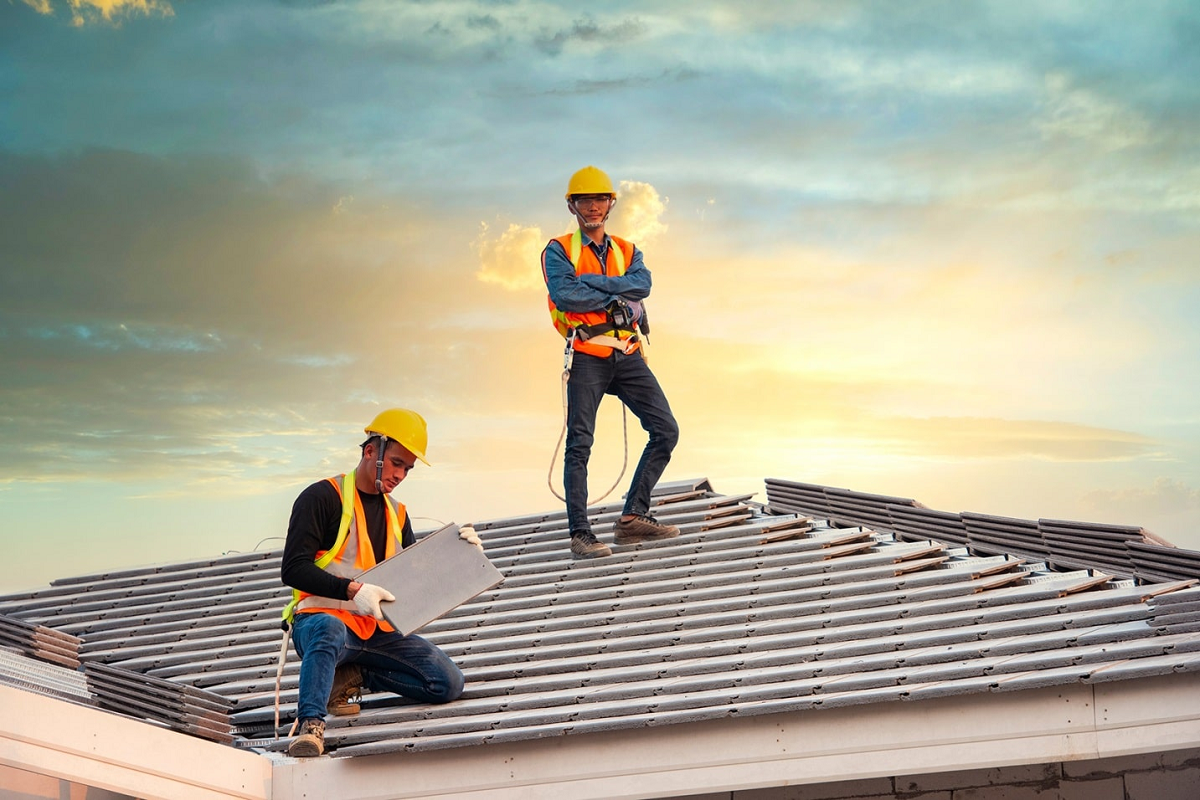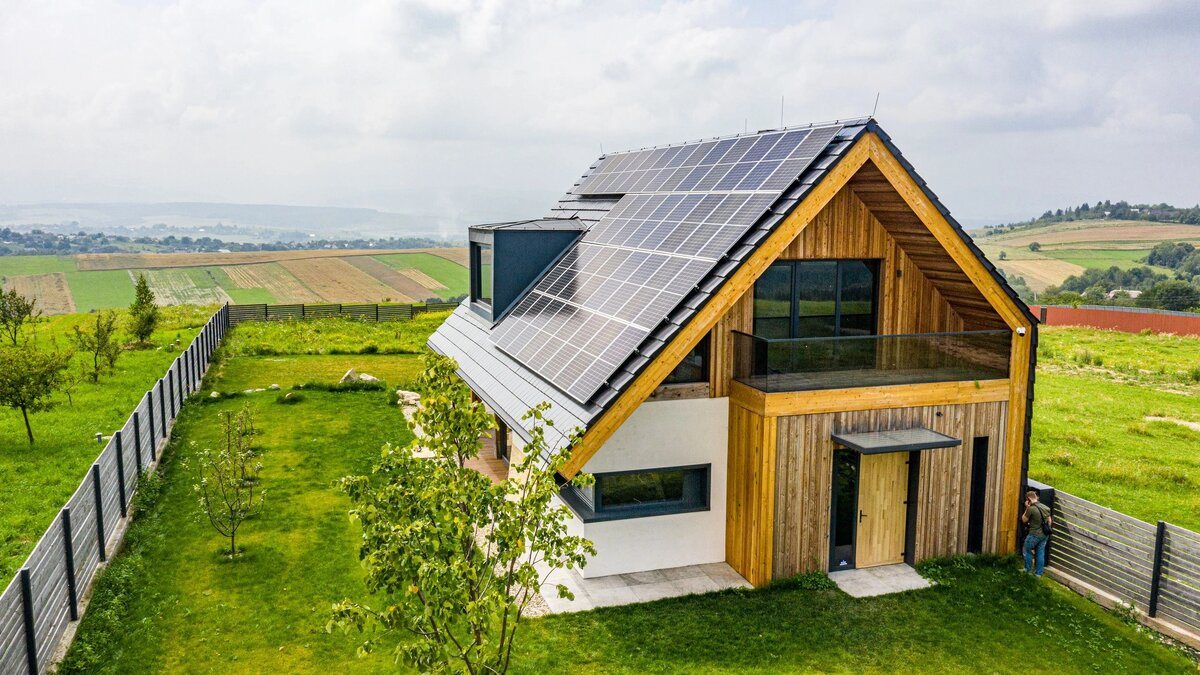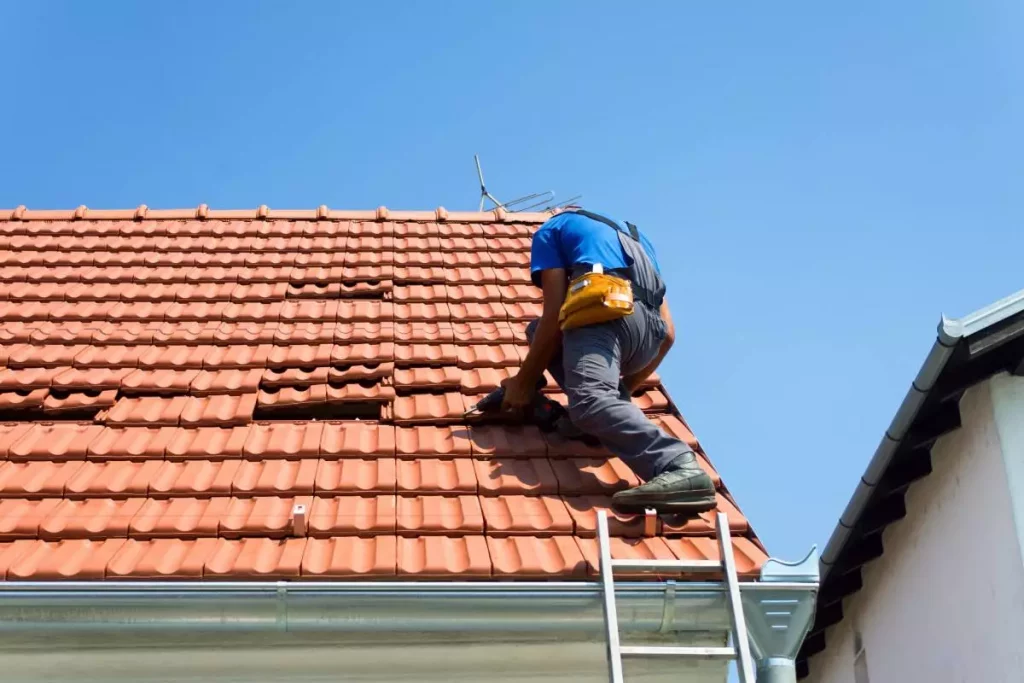Choosing Between EPDM And TPO Roofing: Avalon Insights
Welcome to Avalon Insights, where we delve into the crucial decision-making process of selecting the right roofing material for your property. Your roof is more than just a protective shield; it's a long-term investment that requires careful consideration. In this blog post, we will guide you through the choice between EPDM (Ethylene Propylene Diene Monomer) and TPO (Thermoplastic Olefin) roofing, two popular options known for their durability and versatility. As we navigate through the intricacies of EPDM and TPO roofing, we'll uncover the distinctive features that set them apart and explore the considerations that can influence your decision. Whether you are a homeowner, a business owner, or a property manager, understanding the strengths and weaknesses of each roofing material is essential to make an informed choice that aligns with your specific needs and the unique characteristics of your location.
Drawing on our expertise at Avalon, we will share real-life case studies, insights from our roofing experts, and advice tailored to different scenarios. The goal is to empower you with the knowledge needed to make a decision that ensures the longevity, efficiency, and aesthetic appeal of your roofing system.
Embark on this journey with Avalon Insights as we unravel the complexities of EPDM and TPO roofing, providing you with the insights needed to choose the roofing solution that best suits your requirements. Your investment in the right roofing material today will safeguard your property for years to come.
Understanding EPDM Roofing
Understanding EPDM (Ethylene Propylene Diene Monomer) roofing is crucial for making informed decisions about your roofing system. EPDM is a synthetic rubber roofing membrane known for its exceptional durability and weather resistance. This versatile material is widely used in commercial and residential roofing applications, gaining popularity for its ability to withstand a variety of environmental conditions.
EPDM roofing exhibits key characteristics that contribute to its effectiveness. Firstly, it is highly durable, capable of withstanding extreme temperatures, UV radiation, and harsh weather conditions without significant degradation. This durability translates into a longer lifespan for the roofing system, making it a cost-effective choice for property owners.
The installation process of EPDM roofing is relatively straightforward, often involving the use of large sheets that are mechanically fastened or adhered to the roofing substrate. This simplicity in installation can lead to cost savings on labor and time, making it an attractive option for various roofing projects.
Maintenance requirements for EPDM roofing are minimal, further enhancing its appeal. Routine inspections and basic cleaning are usually sufficient to keep the roof in optimal condition. Additionally, EPDM's resistance to ozone and environmental pollutants contributes to its long-lasting performance.
However, it's essential to consider some aspects when contemplating EPDM roofing, such as its relatively low puncture resistance compared to other roofing materials. Despite this, when installed correctly and maintained appropriately, EPDM roofing proves to be a reliable and cost-effective choice for those seeking a resilient and long-lasting roofing solution.
Exploring TPO Roofing
Thermoplastic Olefin (TPO) roofing has gained widespread popularity in the roofing industry due to its versatile and efficient characteristics. TPO is a synthetic roofing membrane composed of a blend of polypropylene and ethylene-propylene rubber. This combination results in a single-ply roofing material that possesses excellent performance attributes.
One of the key features of TPO roofing is its exceptional energy efficiency. The reflective surface of TPO helps in deflecting sunlight and reducing heat absorption, leading to lower cooling costs for buildings. This quality makes TPO roofing an environmentally friendly option as it contributes to energy conservation.
TPO is also known for its flexibility, allowing it to expand and contract with temperature variations without compromising its structural integrity.
This flexibility makes TPO a reliable choice for regions with extreme weather conditions, ensuring the roof can withstand the stresses of expansion and contraction without developing cracks or leaks.
Installation of TPO roofing is relatively straightforward, often involving heat welding seams to create a seamless and watertight surface. The simplicity of installation can contribute to reduced labor costs and quicker project completion times.
While TPO roofing offers numerous advantages, it's essential to consider potential drawbacks, such as variations in product quality among manufacturers. Additionally, some TPO formulations may be more susceptible to premature aging, emphasizing the importance of selecting a reputable manufacturer and ensuring proper installation.
Factors Influencing The Decision
I. Climate Considerations:
- EPDM Suitability: Assessing how well EPDM performs in various climates, including extreme temperatures, UV exposure, and precipitation.
- TPO Performance: Understanding how TPO roofing withstands different weather conditions, ensuring it meets the specific demands of the local climate.
II. Cost Comparison:
- Material Costs: Analyzing the initial cost of both EPDM and TPO materials, including installation expenses.
- Long-term Costs: Evaluating maintenance requirements, repair costs, and the overall lifecycle cost of each roofing material.
III. Longevity and Warranty:
- EPDM Durability: Examining the expected lifespan of EPDM roofing and the warranty coverage provided by manufacturers.
- TPO Longevity: Assessing the durability and longevity of TPO roofing systems, considering warranty terms and conditions.
IV. Aesthetics and Design Flexibility:
- EPDM Appearance: Understanding the visual appeal and design options available with EPDM roofing.
- TPO Design Flexibility: Exploring the aesthetic possibilities and design flexibility offered by TPO roofing systems.
V. Environmental Impact:
- EPDM Environmental Considerations: Analyzing the environmental impact of EPDM, including recyclability and sustainability.
- TPO Environmental Impact: Considering the eco-friendliness of TPO roofing materials and their impact on the environment.
These factors collectively contribute to the decision-making process, helping individuals or businesses choose the roofing material that aligns best with their specific needs, preferences, and environmental conditions. It is crucial to carefully weigh each factor to make an informed and well-rounded decision.
Case Studies: Avalon Projects
Case Study 1: EPDM Roofing Excellence
Project Overview:
Avalon was tasked with re-roofing a commercial building in a region prone to extreme weather conditions, including high heat and heavy rainfall.
EPDM Solution:
Avalon recommended EPDM roofing due to its exceptional weather resistance and durability. The project involved the installation of a high-quality EPDM membrane, ensuring a seamless and watertight seal.
Results:
Years after completion, the EPDM roof has withstood challenging weather conditions without any signs of deterioration. The client praised Avalon for the long-lasting solution and energy efficiency provided by the EPDM roofing system.
Case Study 2: TPO Roofing Innovation
Project Overview:
Avalon took on the roofing project for a large industrial facility seeking an energy-efficient and environmentally friendly solution.
TPO Solution:
After careful consideration, Avalon proposed a TPO roofing system known for its reflective properties and eco-friendly composition. The installation included a TPO membrane that not only enhanced energy efficiency but also provided the flexibility required for the complex roof structure.
Results:
The TPO roofing system significantly reduced the facility's energy consumption, resulting in cost savings. The client was impressed with Avalon's innovative approach and the seamless integration of TPO roofing to meet their specific needs.
Case Study 3: Hybrid Approach for Maximum Performance
Project Overview:
A residential complex with diverse roofing needs approached Avalon for a solution that combined the benefits of EPDM and TPO.
Hybrid Solution:
Avalon devised a customized roofing plan, incorporating EPDM for flat sections and TPO for areas with complex geometry. This hybrid approach maximized the advantages of each material, ensuring durability, energy efficiency, and a cohesive aesthetic.
Results:
The hybrid roofing system not only met the client's diverse requirements but also showcased Avalon's ability to tailor solutions to unique project specifications. The residents enjoyed the aesthetic appeal of the roof, and the hybrid solution provided a balanced combination of performance and longevity.
These hypothetical case studies demonstrate Avalon's expertise in offering tailored solutions, whether it's leveraging the durability of EPDM or the energy efficiency of TPO, based on the specific needs of their clients.
Expert Advice: Avalon Insights
A. Input from Roofing Experts at Avalon
Climate Considerations
a. Discuss the impact of local climate on roofing materials.
b. Highlight specific weather conditions where EPDM or TPO may excel.
c. Share instances where Avalon experts have successfully implemented EPDM or TPO based on climate factors.
Cost Analysis
a. Provide a detailed breakdown of the initial and long-term costs associated with EPDM and TPO.
b. Discuss any cost-saving measures or considerations for each roofing material.
c. Offer insights into return on investment (ROI) over the lifespan of each material.
Longevity and Warranty Insights
a. Explain Avalon's experience with the lifespan of EPDM and TPO roofs.
b. Compare the warranties offered by manufacturers for both materials.
c. Share any warranty-related experiences or case studies from Avalon projects.
B. Recommendations Based on Specific Scenarios and Needs
Residential vs. Commercial Applications
a. Advise on the suitability of EPDM or TPO for residential and commercial roofing.
b. Share specific projects where one material outperformed the other in a similar setting.
Energy Efficiency and Environmental Impact
a. Discuss the energy-efficient properties of TPO and how they contribute to sustainability.
b. Address any environmentally friendly aspects of EPDM and Avalon's commitment to eco-friendly roofing solutions.
Installation Complexity and Time
a. Detail the installation process for both EPDM and TPO.
b. Provide insights into the time required for installation and potential disruptions.
c. Offer recommendations based on project timelines and urgency.
C. Common Misconceptions about EPDM and TPO Roofing Clarified
Durability Myths
a. Address common misconceptions about the durability of EPDM or TPO.
b. Share instances where these materials have exceeded expectations in terms of longevity and performance.
Maintenance Requirements
a. Clarify misconceptions regarding the maintenance needs of EPDM and TPO.
b. Provide proactive maintenance tips to extend the life of both roofing materials.
Aesthetic Concerns
a. Discuss the aesthetic flexibility offered by both EPDM and TPO.
b. Share examples where roofing aesthetics were successfully integrated into the overall design of a property.
By providing expert advice on these crucial aspects, Avalon aims to empower clients with the knowledge needed to make informed decisions based on their unique requirements and circumstances.
Choosing between EPDM and TPO roofing is a pivotal decision with far-reaching implications for your property's longevity. Avalon Insights has illuminated the complexities involved, providing expert advice tailored to diverse needs.
The climate-focused, cost-conscious approach, coupled with insights into warranties and specific applications, equips you with a solid foundation. Avalon's commitment to sustainability adds a conscientious touch to your roofing deliberations.
Dispelling misconceptions ensures clarity, addressing durability, maintenance, and aesthetic concerns. Leverage additional resources provided by Avalon for a well-informed decision.
In closing, your roofing journey is a unique investment. Avalon stands ready to be your guide, offering expertise that aligns with your priorities. Craft a resilient, efficient, and aesthetically pleasing future for your property with Avalon as your trusted partner.

